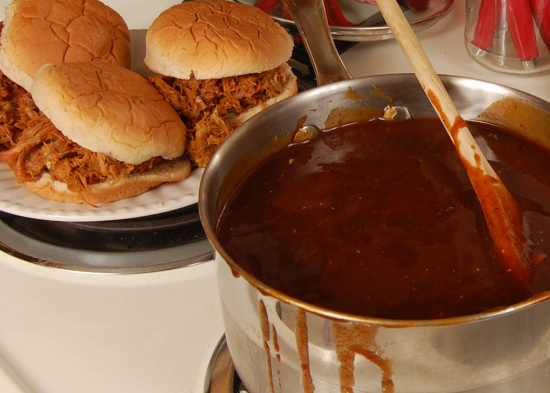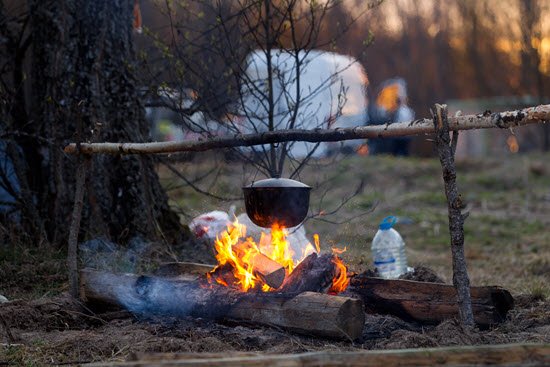How to freeze eggs in the freezer…?
Eggs are a kitchen staple, but their shelf life can be a concern if you buy them in bulk or don’t use them frequently. The good news is that eggs can be frozen, allowing you to preserve their freshness for months. However, freezing eggs requires proper preparation to maintain their texture and taste. How to Freeze Eggs Properly? Best Tips & Tricks! In this guide, we’ll cover everything you need to know about how to freeze eggs in the freezer, including the best methods for freezing whole eggs, egg whites, egg yolks, and even cooked eggs. Let’s dive in! Can You Freeze Eggs? Yes, eggs can be frozen, but not in their shells. The liquid inside eggs expands when frozen, causing the shells to crack, which can lead to contamination. Instead, eggs should be removed from their shells before freezing and stored in a way that preserves their quality. Why Freeze Eggs? Freezing eggs offers several advantages: Prevents Waste – If you have too many eggs and fear they might go bad, freezing them extends their shelf life. Saves Money – Buying eggs in bulk during sales and freezing them helps save costs. Convenience – Pre-portioned frozen eggs make meal prep and baking easier. How to Freeze Raw Eggs There are three primary ways to freeze raw eggs: whole, separated whites, and separated yolks. Each requires specific preparation for the best results. 1. Freezing Whole Eggs If you want to freeze whole eggs (without shells), follow these steps: Steps to Freeze Whole Eggs: Crack the eggs into a clean bowl. Gently whisk them together until the yolks and whites are combined. Avoid overbeating, as too much air can affect texture. Portion them out using ice cube trays or small containers. One whole egg equals about 3 tablespoons of the mixture. Freeze until solid. Transfer the frozen egg cubes into a labeled freezer-safe bag or container. Storage Time: Up to 1 year in the freezer. 2. Freezing Egg Whites Egg whites freeze beautifully without any additives and can be used for baking, meringues, and omelets. Steps to Freeze Egg Whites: Separate the egg whites from the yolks carefully. Pour the whites into ice cube trays, using 2 tablespoons per cube (equivalent to one egg white). Freeze until solid. Transfer to a freezer-safe bag, label with the date, and store. Storage Time: Up to 1 year in the freezer. 3. Freezing Egg Yolks Egg yolks tend to thicken when frozen due to gelatinization. To prevent this, add sugar or [...]



